Unlocking the Mysteries of Material Analysis: Comprehensive Guide to Testing and Detection
Overview: Why Material Detection Matters
Material detection is a cornerstone of modern science and industry. It enables precise identification of material properties, ensuring quality, safety, and compliance across various sectors. Whether in construction, manufacturing, or environmental studies, the ability to analyze and understand materials is critical to innovation and sustainability. This article delves into the core aspects of material detection, offering insights into its methods, tools, and applications.
Samples for Detection: What Can Be Tested?
The range of materials that can undergo detection is vast and includes metals, polymers, ceramics, composites, and biological specimens. Each material presents unique challenges and requires tailored approaches for accurate analysis. For example:
- Metals: Commonly tested for strength, composition, and corrosion resistance.
- Polymers: Analyzed for thermal properties, elasticity, and chemical resistance.
- Biological Specimens: Examined for structural integrity and compatibility in medical applications.
Detection Items: What Are We Looking For?
Material detection encompasses several key properties, each offering valuable information:
- Mechanical Properties: Includes tensile strength, hardness, and impact resistance.
- Thermal Properties: Focuses on conductivity, expansion, and heat resistance.
- Chemical Properties: Determines elemental composition and potential reactivity.
- Microstructural Analysis: Evaluates grain size, phase distribution, and defects at the microscopic level.
Instrumentation: Tools of the Trade
The success of material detection relies heavily on advanced instruments, including:
- Scanning Electron Microscopes (SEM): Provides detailed images for microstructural analysis.
- X-Ray Diffraction (XRD): Identifies crystalline structures and phases.
- Fourier-Transform Infrared Spectroscopy (FTIR): Detects chemical bonds and functional groups.
- Thermal Analyzers: Includes Differential Scanning Calorimetry (DSC) for heat flow measurements.
Methods of Detection: A Step-by-Step Process
The methodology for material detection is a structured process involving multiple stages:
- Sample Preparation: Ensures uniformity and compatibility with instruments.
- Initial Screening: Employs non-destructive techniques like X-ray imaging.
- In-Depth Analysis: Combines techniques such as spectroscopy and microscopy for detailed results.
- Data Interpretation: Utilizes advanced software to extract meaningful conclusions.
Conclusion: Paving the Way for Progress
Material detection stands at the crossroads of science and industry, offering unparalleled insights into the materials that shape our world. By understanding the properties and behaviors of these materials, we can innovate responsibly and build a sustainable future. As technology continues to evolve, so too will the tools and methods of material detection, unlocking new possibilities and frontiers.

检测资质(部分)
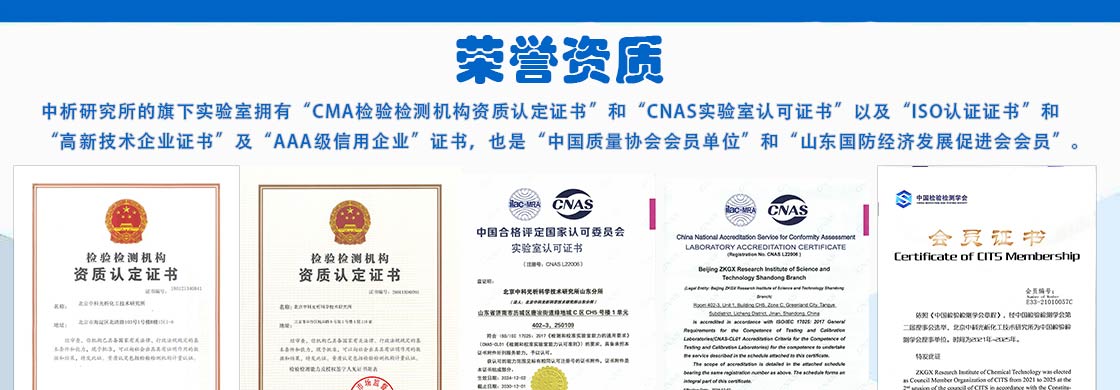
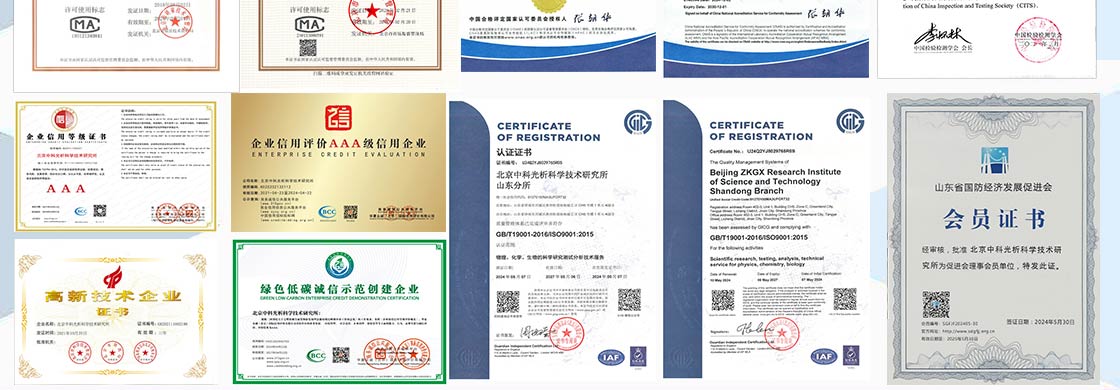

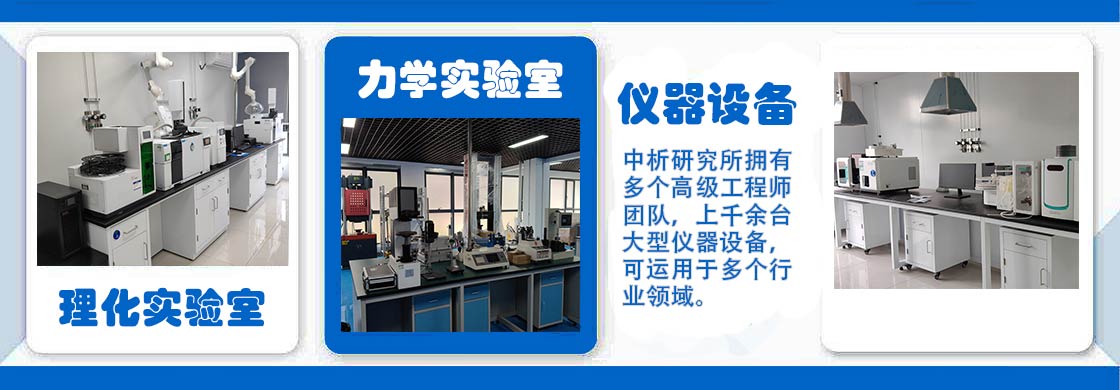
检测实验室(部分)



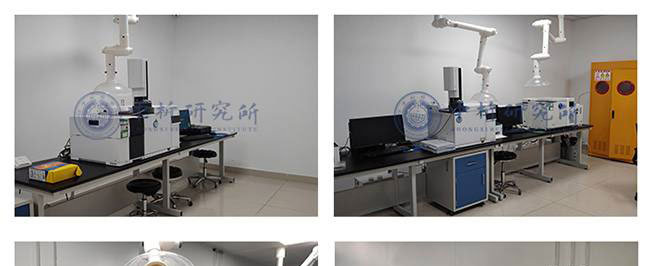
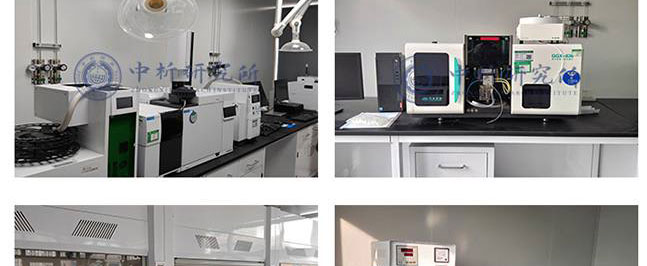
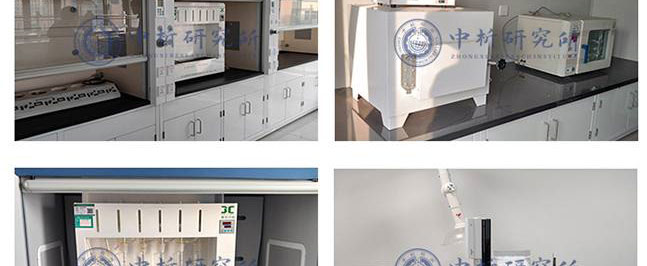
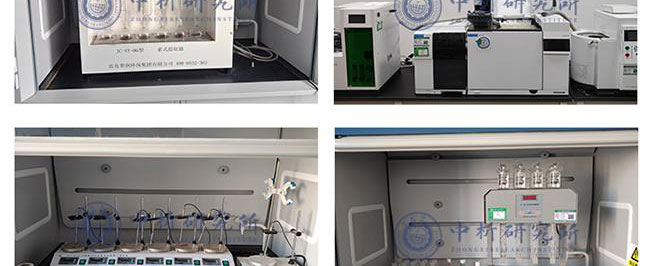
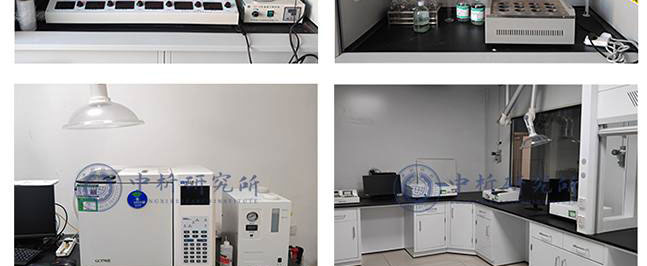
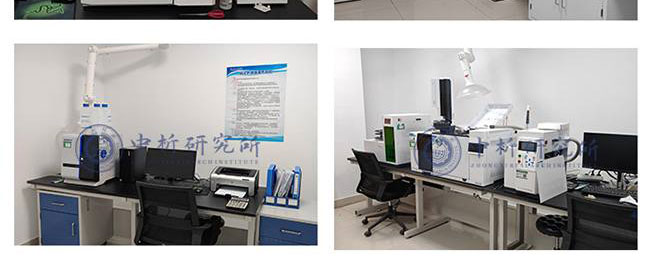
合作客户(部分)





检测报告作用
1、可以帮助生产商识别产品的潜在问题或缺陷,并及时改进生产工艺,保障产品的品质和安全性。
2、可以为生产商提供科学的数据,证明其产品符合国际、国家和地区相关标准和规定,从而增强产品的市场竞争力。
3、可以评估产品的质量和安全性,确保产品能够达到预期效果,同时减少潜在的健康和安全风险。
4、可以帮助生产商构建品牌形象,提高品牌信誉度,并促进产品的销售和市场推广。
5、可以确定性能和特性以及元素,例如力学性能、化学性质、物理性能、热学性能等,从而为产品设计、制造和使用提供参考。
6、可以评估产品是否含有有毒有害成分,以及是否符合环保要求,从而保障产品的安全性。
检测流程
1、中析研究所接受客户委托,为客户提供检测服务
2、客户可选择寄送样品或由我们的工程师进行采样,以确保样品的准确性和可靠性。
3、我们的工程师会对样品进行初步评估,并提供报价,以便客户了解检测成本。
4、双方将就检测项目进行详细沟通,并签署保密协议,以保证客户信息的保密性。在此基础上,我们将进行测试试验.
5、在检测过程中,我们将与客户进行密切沟通,以便随时调整测试方案,确保测试进度。
6、试验测试通常在7-15个工作日内完成,具体时间根据样品的类型和数量而定。
7、出具检测样品报告,以便客户了解测试结果和检测数据,为客户提供有力的支持和帮助。
以上为Unlocking the Mysteries of Material Analysis: Comprehensive Guide to Testing and Detection的检测内容,如需更多内容以及服务请联系在线工程师。





